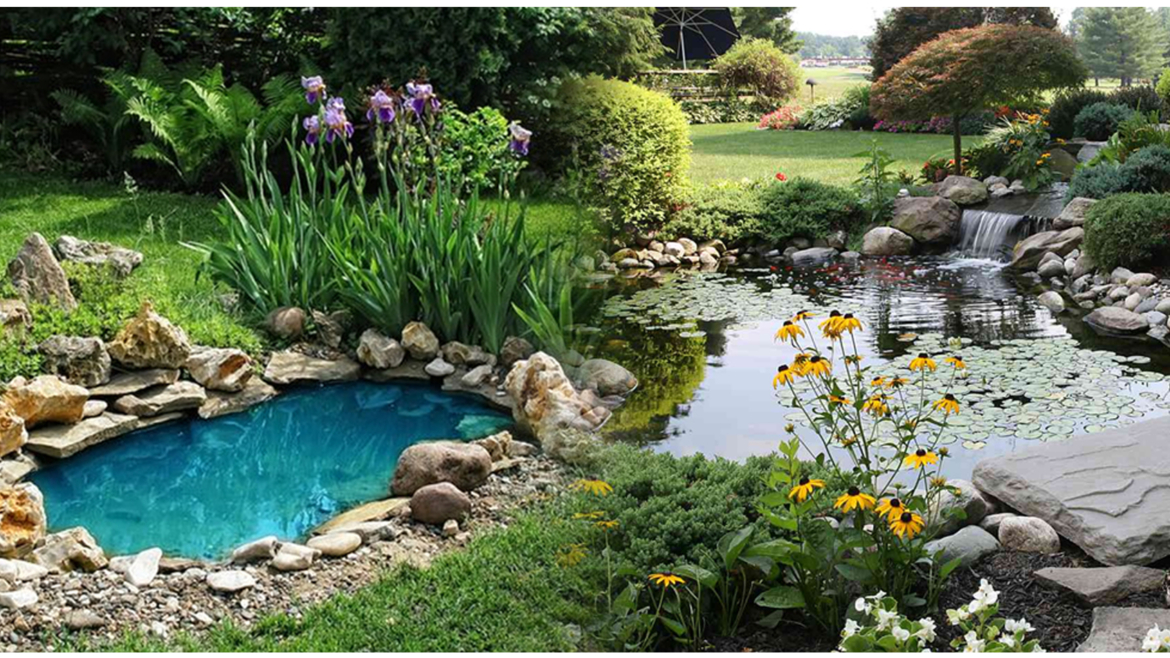When designing a backyard pond, carefully considering plants is critical to creating a balanced and visually appealing water feature. Aquatic plants serve practical functions like filtering water, inhibiting algae growth, and oxygenating ponds.
Plants provide essential aesthetic elements that enhance the pond’s overall design through colorful flowers, exciting textures, and structural forms. This blog explores how to thoughtfully select plants to craft captivating color, texture, and form combinations.
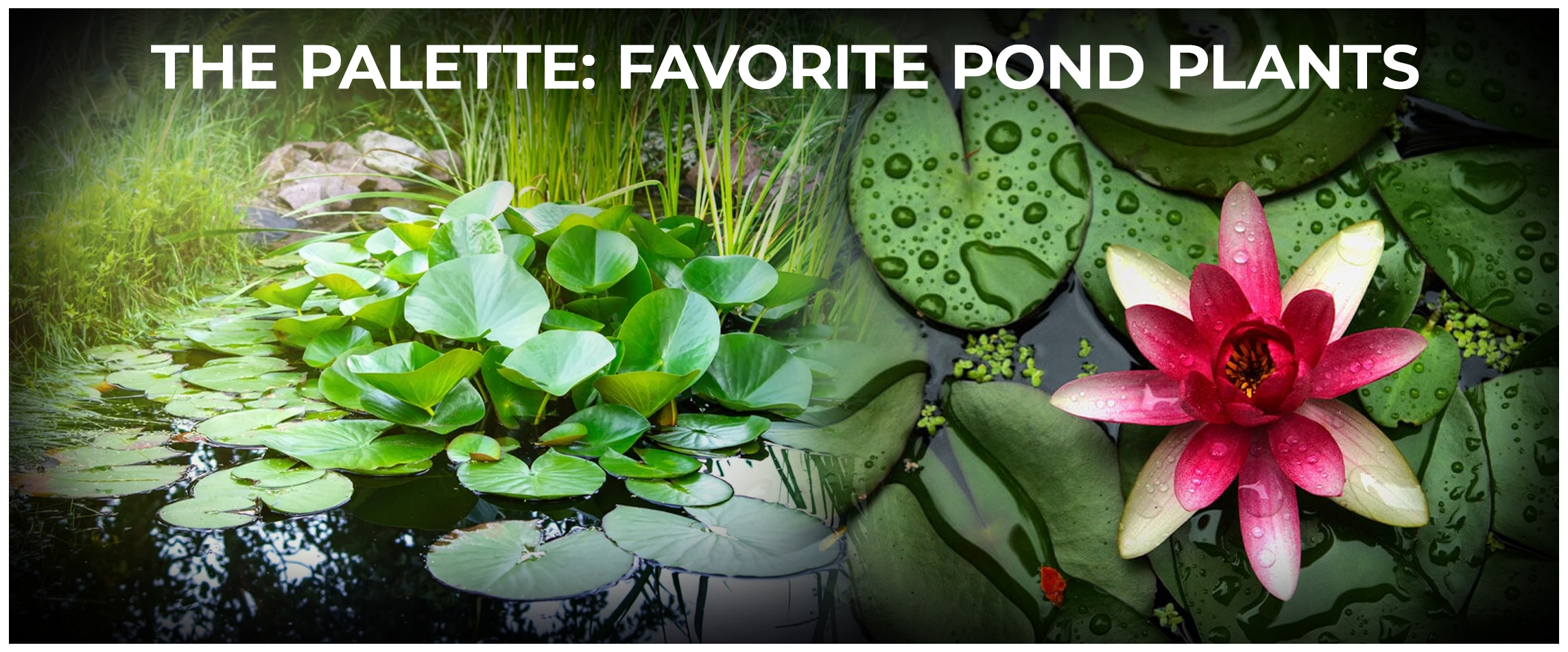
The Palette Favorite Pond Plants For Backyard Pond
Several varieties of aquatic plants lend themselves beautifully to pond design. Depending on the cultivar, water lilies offer vibrant splashes of reds, yellows, oranges, pinks, purples, and whites. Their round leaves and flowers introduce appealing circular forms floating atop the water.
Oxygenators like hornwort and anacharis have fine, delicate foliage, contributing airy underwater textures. Robust marginal plants like cattails and iris bring height, vertical lines, and architectural shapes around the pond’s edges. These pond plants create a diverse palette to paint a tableau bursting with color, texture, and form.
Composing with Color | Backyard Pond
Thoughtful pond plant selection lets pond owners compose stunning collages of color. Contrasting flower shades create visual interest; pale yellow flag iris and bright magenta water lilies dynamically play off each other. Complementary colors like yellow cattails and purple pickerel rush generate vibrancy when combined.
For subtlety, use harmonious colors like the pastel pink, white, and pale yellow of bogbean blooms. Remember to consider foliage and stems alongside flowers when planning colors. Variegated sweetflag leaves and parrot feathers’ red stems add year-round color.
Textural Interest
Pond plants also provide opportunities to weave intricate textural tapestries. Fine threads of oxygenator foliage contrast against the thick paddle shapes of water lily leaves.
Feathery meadow rue and hornwort offer wispy underwater accents, while leathery water aloe or alligator weed leaves add rugged texture.
Embrace smooth, coarse, delicate, bold leaf shapes to design captivating combinations. Consider textures both above and below the water’s surface for multi-dimensional appeal.
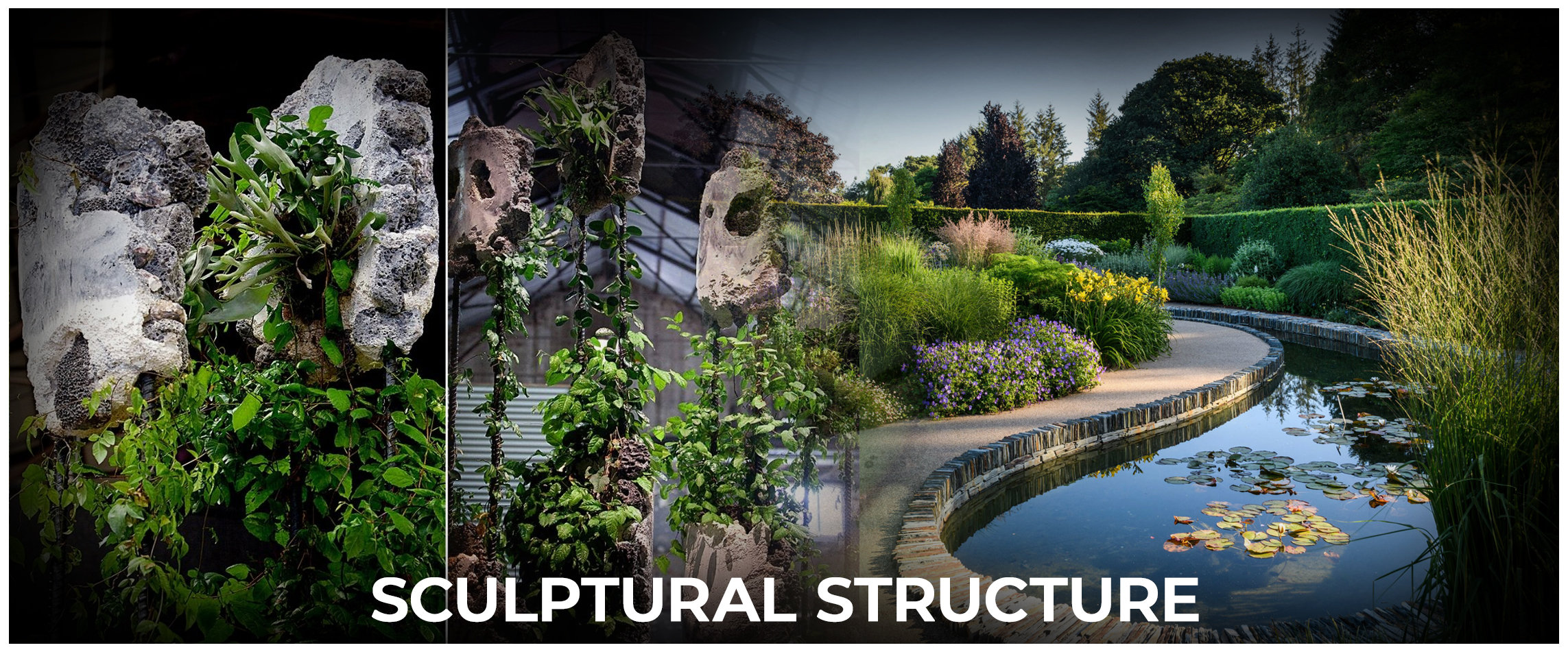
Sculptural Structure For Backyard Pond
Plants act as living sculptures in ponds to provide structural bones and breathing spaces. Spiky iris, cattails, and rushes lend strong vertical forms perfect for designing sightlines and boundaries.
Floating pond plants create horizontal planes; picture water lilies interspersing open water with vegetative pockets—plant groupings in staggered heights for multi-layered sculptural drama.
To frame the center, use larger marginal plants near the pond’s edge, then graduate sizes down to low oxygenators toward the middle. Think about plant architecture as deliberately as the hardscape to fashion an intentionally structured pond sculpture.
Seasonal Interest
Planning for year-round appeal is critical to a visually engaging pond. Combine plants that shine in different seasons. Vibrant green foliage like lizard’s tail and arrowhead punch up spring landscapes before most blooms appear.
Summer sees lotuses unfurl gigantic circular leaves and waterlilies open flowers in spectacular colors. Evenfall has beauty with red-hued grasses and mature cattail fluff. For winter, choose evergreen marginal plants like creeping Jenny for trailing groundcover or conifers like bald cypress for vertical structure. Thoughtfully layer plants with seasonal strengths for four-season excitement.
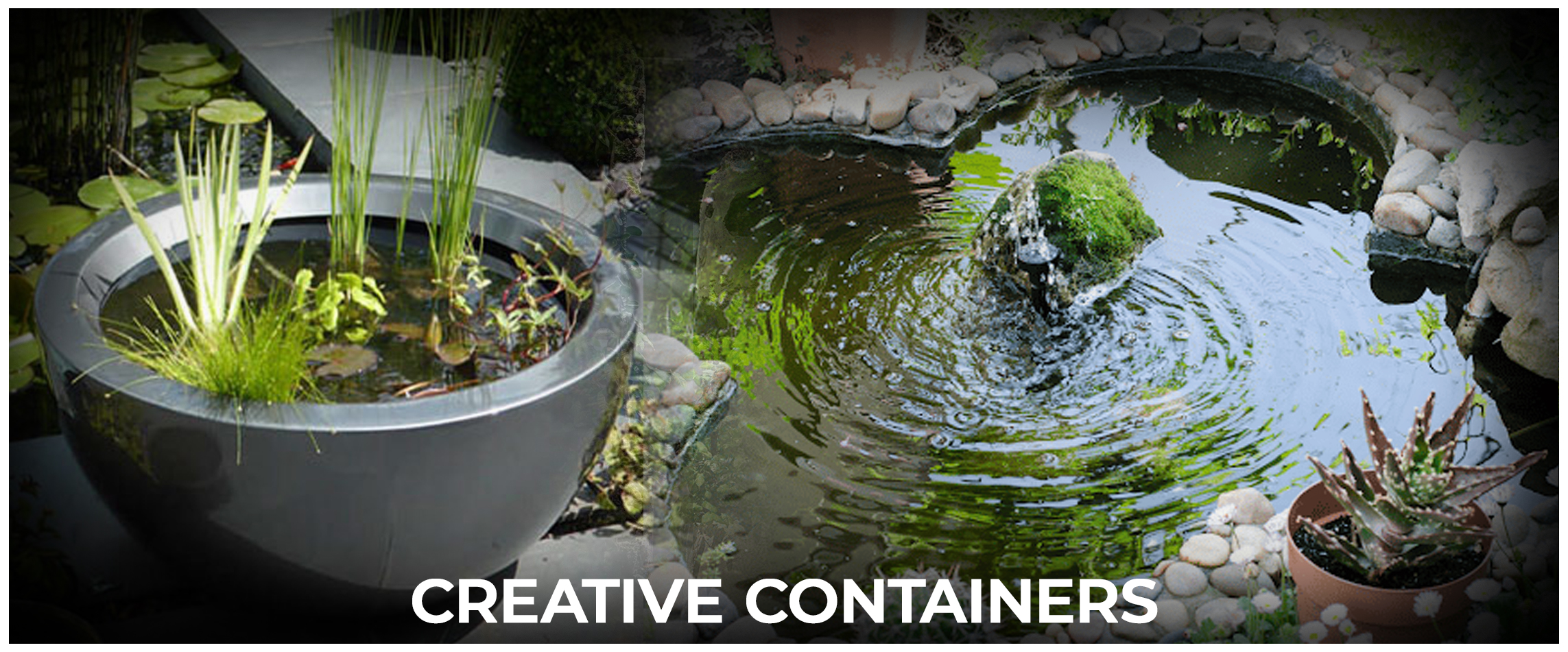
Creative Containers For Backyard Pond
Get creative with planting vessels to underscore a pond’s style. Galvanized metal tubs offer an industrial edge on decks or patios. Half wine barrels make smart raised beds edged with spiky blue rush grass. Repurposed wood planter boxes or ceramic pots bring warmth; fill them with bold foliage like canna lilies or sweet flags. Whimsical multi-tier shelves dotted with dainty annuals keep things light. Take inspiration from garden décor trends and use containers that complement the landscape. Then, fill them with any pond plants that match the design vision.
Special Effects
Certain showstopper plants deliver bold focal impact. Tropical lotuses spread enormous circular leaves on the water’s surface for maximum drama. Hardy water lilies also generate impressive effects with oversized flowers in hot colors. Mix multiple varieties for continual excitement. Add height and vertical punctuation with towering papyrus plumes.
Contrast fine, delicate textures with the spiky architectural forms of horns of plenty or quillwort. Lean into unusual leaf shapes, repeated patterns, dazzling colors, and unexpected combinations for striking displays custom-suited to each pond’s conditions and style.
Extending the Season | Backyard Pond
Maximize enjoyment of favorite pond plants by prolonging bloom times. Strategic deadheading, pinching back spent flowers, encourages many aquatics to rebloom. Tender tropicals like lotuses and cannas benefit from liquid fertilizer when actively growing for prolonged color and lush foliage.
Take advantage of succession planting, too. Stagger new introductions so later additions start flowering as earlier plantings fade. Iris Siberica blooms first in spring, followed by Iris versicolor and Iris laevigata for iris blossoms into summer. Or select day- and night-blooming water lilies for nonstop floral drama. With thoughtful planning, pond lovers can indulge in visual delights long after expected finish times.
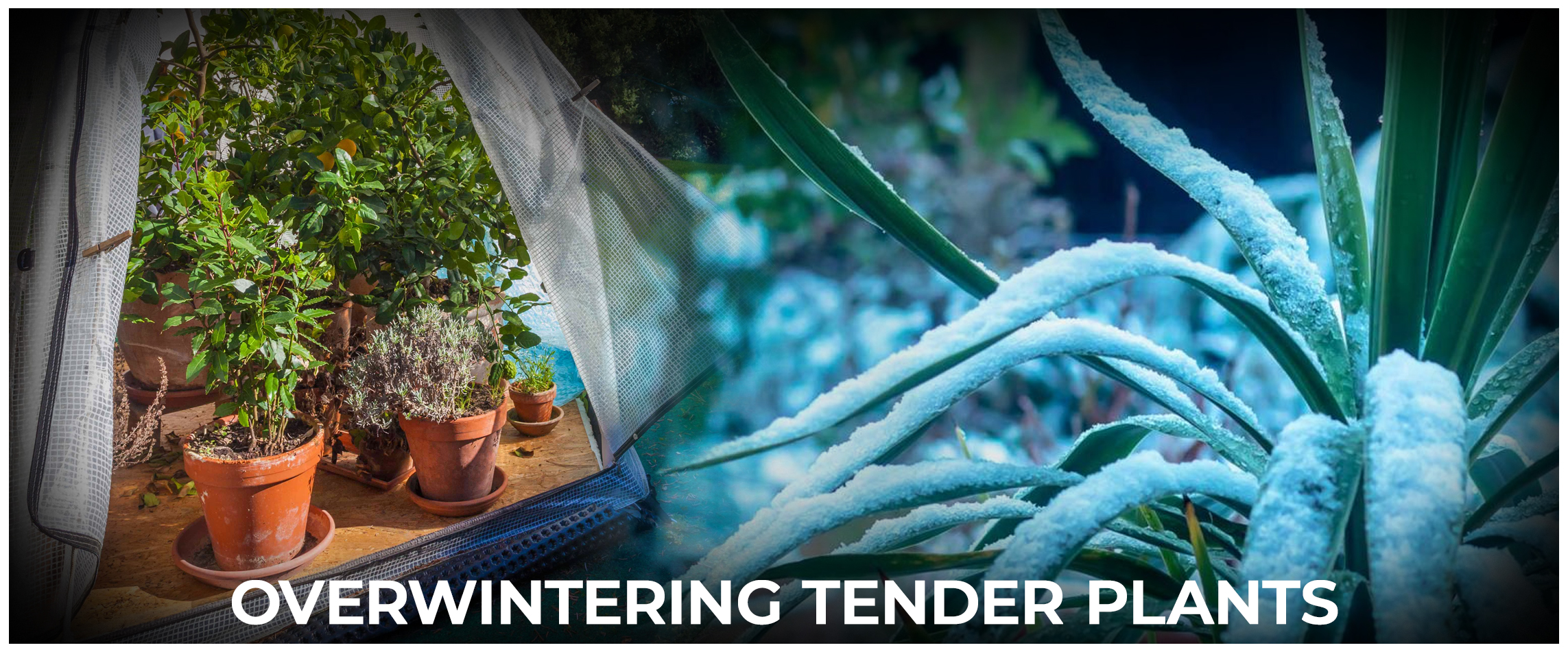
Overwintering Tender Plants
In colder climates, tender tropical plants need protection to persevere year after year. Relocate container specimens to a sheltered spot insulated near the home’s foundation or in a greenhouse. Or sink pots below the waterline allow insulating aquatic layers to surround root zones.
Prep marginal beds with thick organic mulches around cannas, lotuses, and other non-hardy plants left in place as feathered residents return, boost shelter by securing evergreen bough tip protectors above targets. A bit of advanced work tucking marginal roots under plant caves ensures prized tropical pond stars return for many encores.
Propagation and Pond Plant Care
As pond specimens mature, most require dividing or thinning to stay vigorous while avoiding overcrowding. Gently tease congested water lily and marginal roots apart every few years in spring as growth awakens. Regularly trim exuberant oxygenator strands to generate fresh young growth and maintain visibility below water.
Target pond plants’ peak nutritional needs to power performance; fertilize at planting time, midsummer if growth seems sluggish, and when preparing for winter dormancy. Catch pest and disease issues early before explosions trigger significant plant losses or steep chemical treatment expenses. Careful propagation methods and attentive pond plant care keep pond plantings thriving year after year.

Frequently Asked Questions
What are some easy aquatic plants for beginners new to water gardening?
Many aquatic newcomers rightly feel intimidated about selecting plants for brand-new ponds. Focus first on hardy, versatile performers perfect for novice success. Floating pond plants like hardy water lilies and combos featuring cattails, bulrushes, arrowheads, and colorful iris allow you to dip your toes into pond gardening without getting overwhelmed.
Oxygenators are almost impossible to kill; try hornwort or elodea for texture and healthy water. Ask local experts about failsafe choices for regional conditions, too. Build confidence with robust plants before branching into fancy lotuses and tropical specimens.
My pond has unattractive green water. What pond algae solutions can help clear it up?
Pea soup ponds plague water gardeners worldwide at some point, thanks usually to single-celled floating algae. Invest first in a UV clarifier designed to zap the blooms. Without a filter, rely on plants to outcompete algae through nutrient absorption and shading effects. Vigorous oxygenators are MVPs; hornwort, anacharis, and parrot feathers drink excess nutrients.
Certain plants even secret beneficial chemicals reducing algae, so populate ponds generously with barley straw, spider lilies, or water lettuce. Limit fertilization until the water clears since nutrients also drive green blooms. Most plants help battle algae if ponds offer healthy plant-growing conditions overall.
Wrapping it Up
Designing thriving backyard ponds brimming with beauty relies heavily on incorporating a diverse, balanced selection of water plants. Their flowers, foliage, textures, and forms add life and vibrancy that complement any personal style or pond construction.
Carefully curate combinations to achieve colorful compositions, intriguing depth with contrasting and multi-layered textures, and structural definition through tailored sculptural spaces. Take advantage of opportunities for show-stopping focal impact when the right plant receives a prime placement. Put equal creative attention into attractive containers that underscore intended themes or moods.
Plan seasonal strengths, succession plantings, and season pond plant care strategies that prolong the enjoyment of favored specimens through as much of the year as climate allows. Prioritizing ponds anchored in abundant beauty through deliberate plant choices and nature will reward pond lovers with spaces of unmatched joy, relaxation, and visual splendor.

